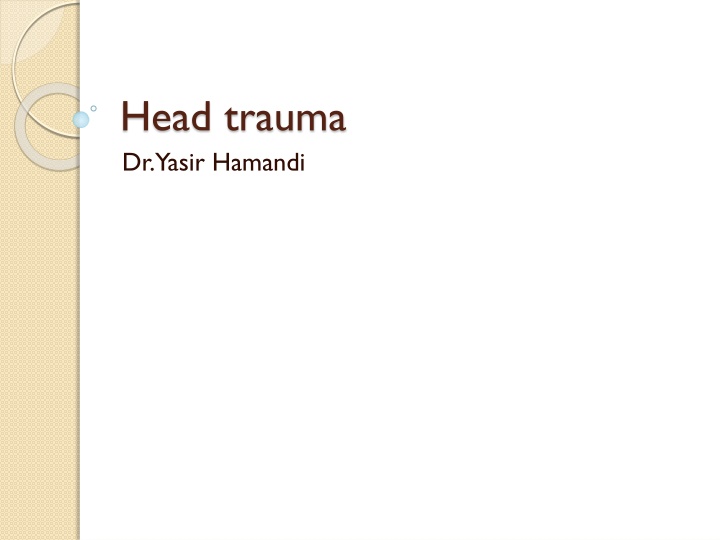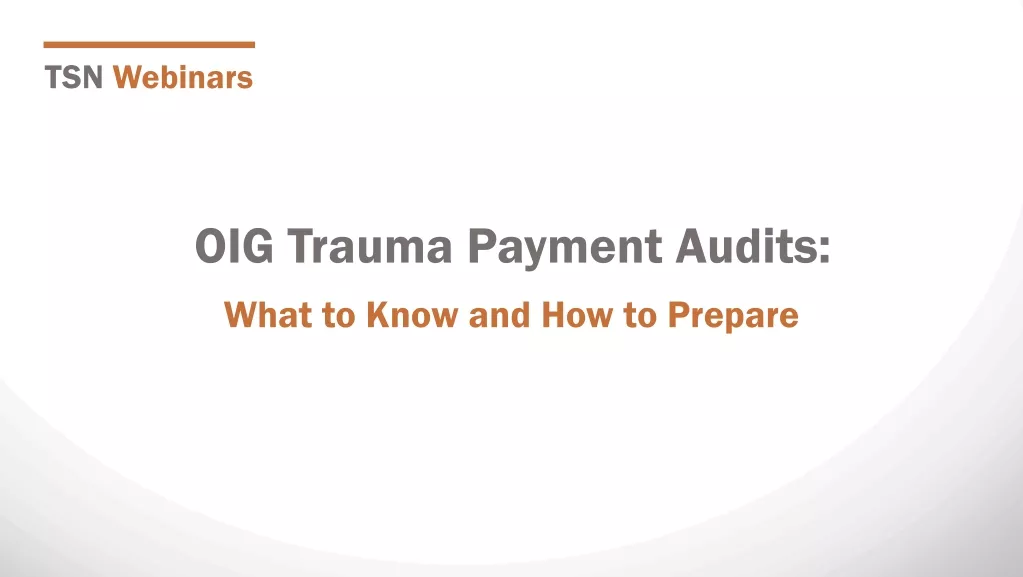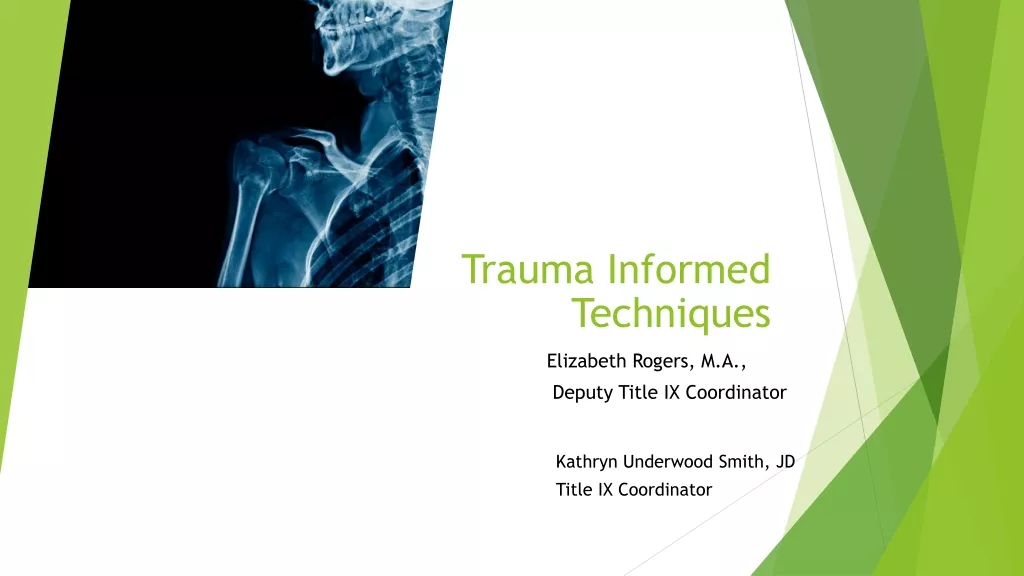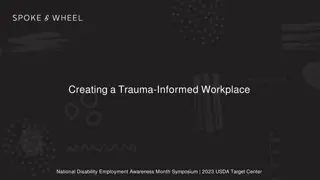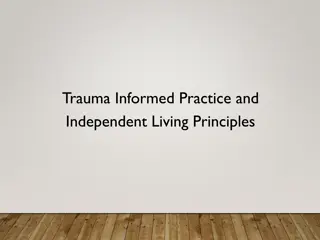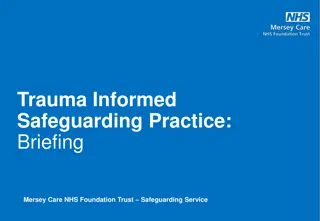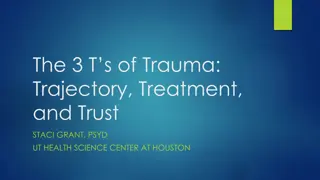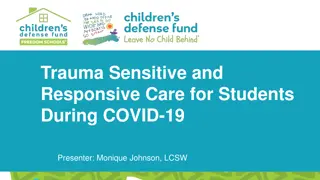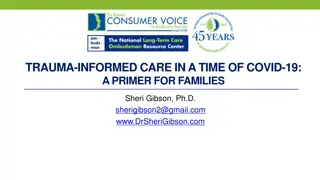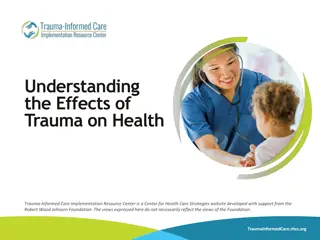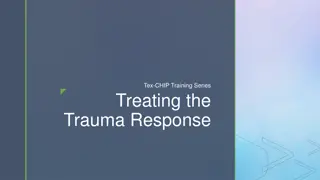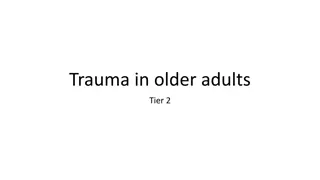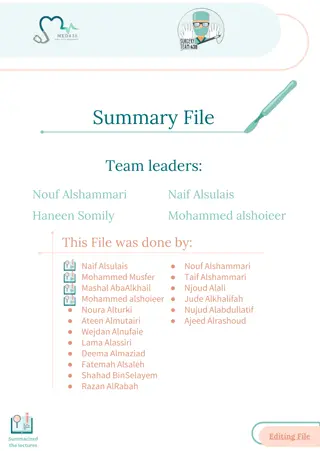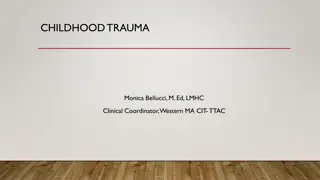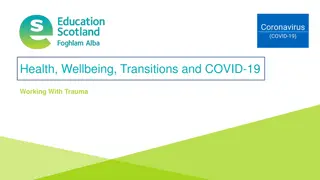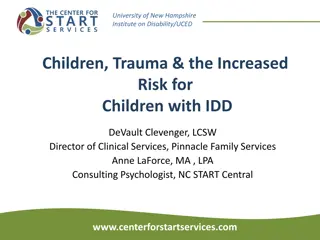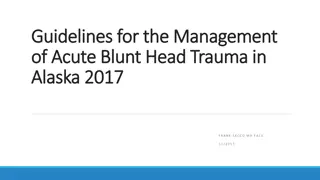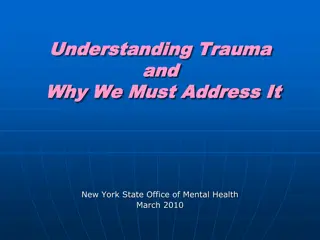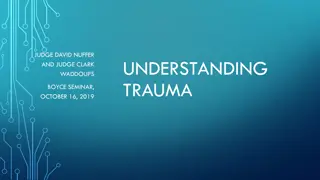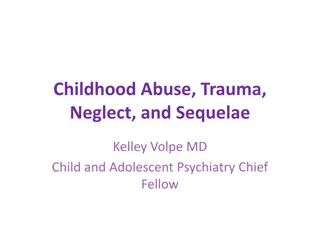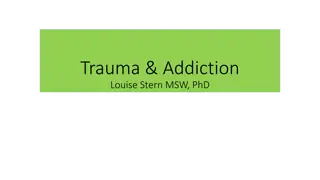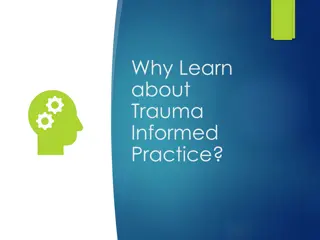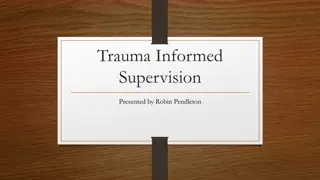Head Trauma Overview: Classifications, Types, and Management
In this lecture, Dr. Yasir Hamandi provides an overview of head trauma, including classifications, types, and management strategies. Learn about clinical classifications like skull fractures, focal injuries, and diffuse brain injuries, with a focus on understanding mechanisms of injury and potential complications. Explore the different types of head traumas, such as linear fractures, depressed fractures, and skull base fractures, to gain insight into effective management approaches.
Download Presentation

Please find below an Image/Link to download the presentation.
The content on the website is provided AS IS for your information and personal use only. It may not be sold, licensed, or shared on other websites without obtaining consent from the author.If you encounter any issues during the download, it is possible that the publisher has removed the file from their server.
You are allowed to download the files provided on this website for personal or commercial use, subject to the condition that they are used lawfully. All files are the property of their respective owners.
The content on the website is provided AS IS for your information and personal use only. It may not be sold, licensed, or shared on other websites without obtaining consent from the author.
E N D
Presentation Transcript
Head trauma Dr.Yasir Hamandi
Aim of lecture To have an overview about head trauma,classifications,types and the management of each type
objectives Classification catigories Clinical classification Mechanism of injury Management complications
Clinical classification of head injury classifiead into 5 catigories 1-skull fractures: may or may not involve damage to the underlying brain A-linear frac. B-depressed frac. C-basilar frac.
2- focal inj.:defined as visible damage that is generally limited to a well circumscribed region; e.g contusions(coup &countercoup),SDH,EDH,S.A.H,ICH,IVH Occur in half of all pat. With severe brain inj., ,and 2/3 of brain inj.related death.
3-diffuse brain injury.:occur without macroscopic structural damage a-cerebral concussion(transient reversible neurological dysfunc. As a result of trauma ) b-diffuse axonal injury c-ischaemic/hypoxic neuronal damage
Difuse injury Occur in about 40% of pat. With severe brain injury. 1/3 of deaths Most prevelant cause of disability in survivors of TBI. May involve alterations in neural excitability, neurotransmission,long term receptor dysfunction Or may be secondary to brain swelling and ischaemic injury
Clinical classification according to severity(G.C.S) 1-G.C.S(3-8) SEVERE 2-G.C.S(9-13)MODERATE 3-G.C.S(14-15) MILD
Mechanism of head injury 1- contact: require that the head strike an object or be struck regardless of whether the blow causes the head to move afterward.
a- local contact effect:- most of linear and depressed skull fracture,some basilar frac.,E.D.H,COUP Contusions. E.D.H caused due to contact fracture that either leading to tear meningeal vessels(in adults) or bleeding from frac. Bone in children.
S.D.H : associated contusion and brain laceration result from contact or acceleration effect or result from torn cortical vessels especially in trivial head trauma in old age patients
b-remote contact effect: vault skull frac. Away from the impact site ,to basilar skull fractures.
2-inertial(acceleration): called head motion because they result from violent head motion,regardless of whether the head moves because of a direct blow
Space occupying haematoma requires urgent evacuation Scalp lacerations anticonvalscents
1.post traumatic epilepsy Early epilepsy (within 1 week from injury)
Occur in 5% of admitted patients with non-missile injury Frequent in the 1st24 hours Focal seizures are as common as generalized Status epilepticus in 10%
Children under 5 years Patient with post traumatic amnesia Patients with intracranial hematoma Patient with compound depressed #
(after 1 week from injury) Occur in 5% of all patients admitted to hospital Usually in 1styear In some occur after 10 y from the injury Usually generalized but temporal lobe epilepsy (complex partial )occur in 20 %
Early epilepsy 25% Intracranial hematoma 35% Compound depressed # 17%
